 |
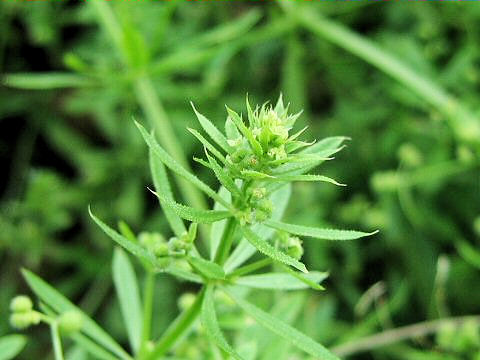

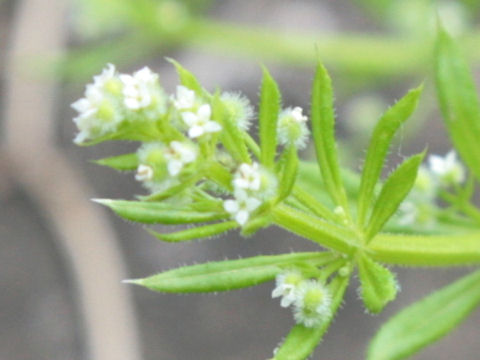

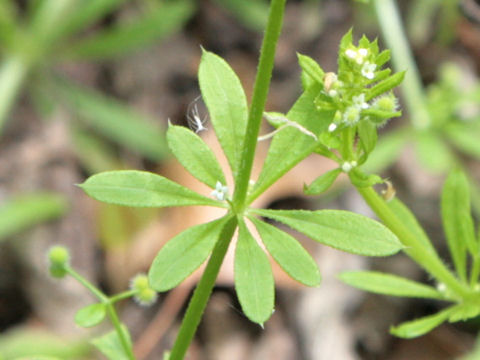

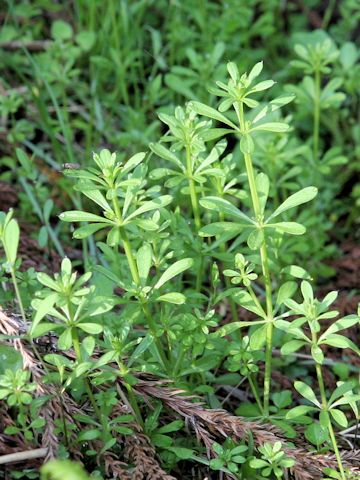

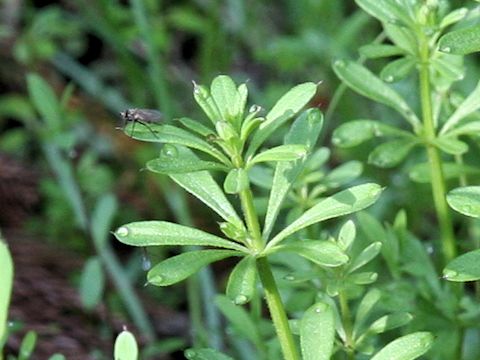

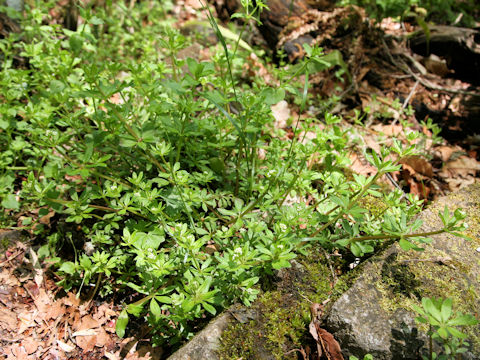

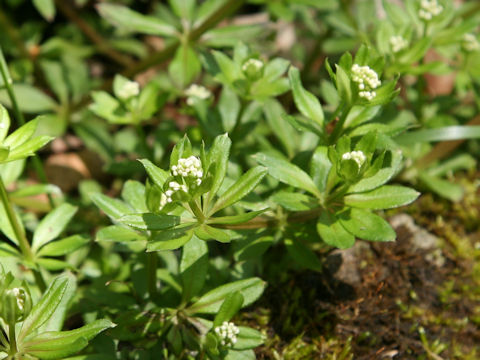

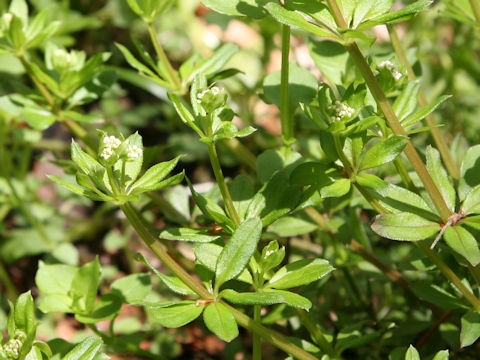

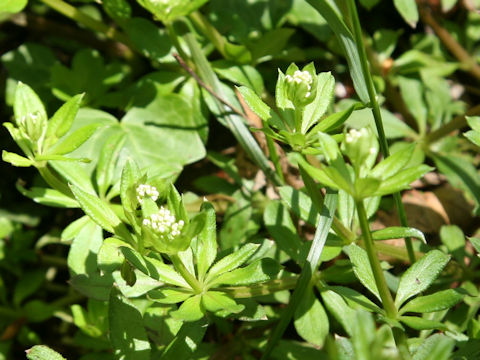

|

|
íªÌenðͶßAkAWAâ[bpAkAJɪzµÄ¢Ü·BÑâ¹Î½ÈÇɶ¦A¼ÌA¨ÈÇÉÝ¢ÄP`PDT[g̳ÉÈèÜ·BtÍLü`ܽͷ|âj`ÅAÖ¶µÜ·BsâtAÊÀÉÍש¢ª§¶µÄ¶¦AßâÑÉt
µÜ·BS©çT²ëAtãüâs¸©çÔsð¾µÄA©ÎF̬³ÈÔð穹ܷBa¼ÍAtªôdÉàÜèdÈÁĶ¦éƱë©çBäpØêÅÍuæµiivAêÅÍu´ff¡iyuan la la tengjvÆÄÎêÜ·B
|

|
AJlÈGO®ÌêNÅAw¼Í Galium spurium var. echinospermon (syn. Galium aparine)Bp¼Í CatchweedAStickywillyB
|

|
The Catchweed (Galium spurium var. echinospermon) belongs to Rubiaceae (the Madder family). It is an annual herb that is distributed throughout Japan, northern Asia to Europe and North America. This herb grows in woodland margines or roadsides and climbs up adjacent plants, can reach 1-1.5 m in height. The leaves are broad linear to narrow oblanceolate and whorled. The stems, leaves and fruits are covered with fine stickers, and adhere to clothes or hairs. The flower stalks are borne in axiles or stem apices and bloom small yellowish green flowers in April to May. The Japanese name comes from its leaves, which grow in multiple layers. In Taiwanese Chinese, it is called "æµii" and "´ff¡" (yuan la la teng).
|

|
[ã] åã{ðìsuåãsåt®A¨vÉÄA2004N0515úBeB
[PEQ] AJEeLTXB}bLj[sun[h~
[WAvÉÄA2007N0406úBeB(photo by Jon Suehiro)
[RES] çt§æsmÇÉÄA2012N0413úBeB
[T`VEº] {é§åa¬uµcXvÉÄA2022N0502úBeB
|










